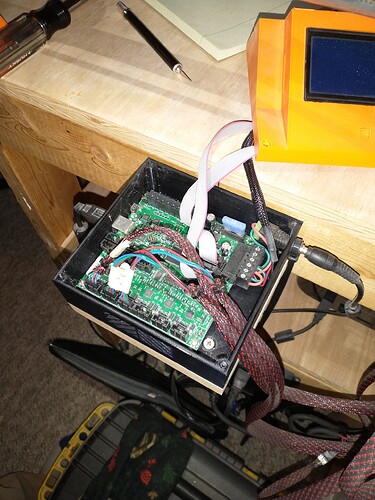Greetings all!
I’ve done some searching and not 100% confident in the info I’ve gathered up to this point. So I’m hoping the hive mind will be able to help me out here.
I’ve just received a MPCNC Burly from a friend. He built it during the pandemic, just before the Primo was released, and has barely used it since. I have need of a machine and he is letting me have it for the time being. My plan is to get this thing tuned in and running really smoothly while I put it to good use. That way, when it goes back to him, it’ll be in better working order than it is currently.
Now, on to my current question.
This machine doesn’t have any homing or limit switches set up. I don’t want to have the dual end stops, just X- and Y-. I know where to mount the switches, where to plug in the wires on the Rambo board, and pretty sure I wire them in the NO position.
Since I’m using only 2 of the terminals on the limit switch, which of the 3 (+ , - , S) pins do I use on the board?
Once I have it all wired up, do I need to do anything fancy for telling it to home? or can I simply push the home button on Repetier or on the Marlin display screen?
Thanks so much!
